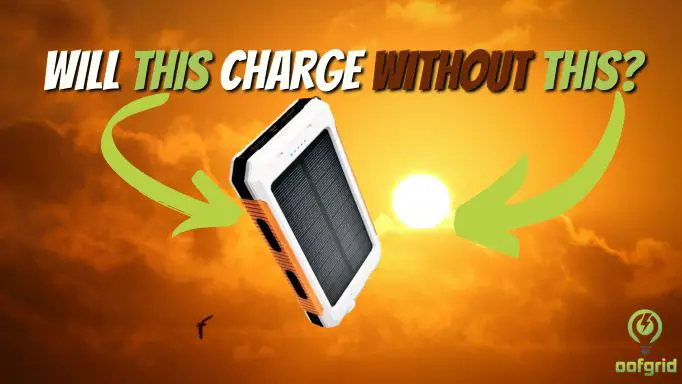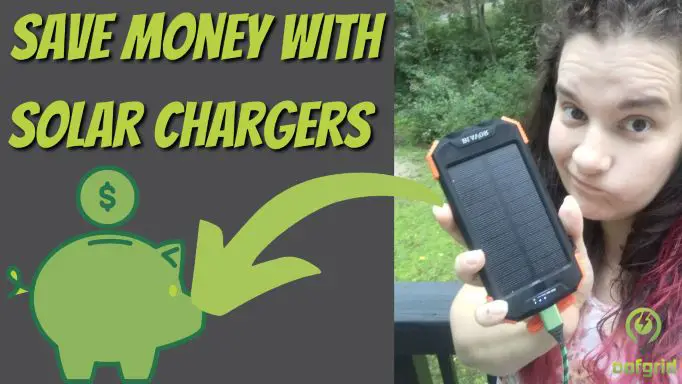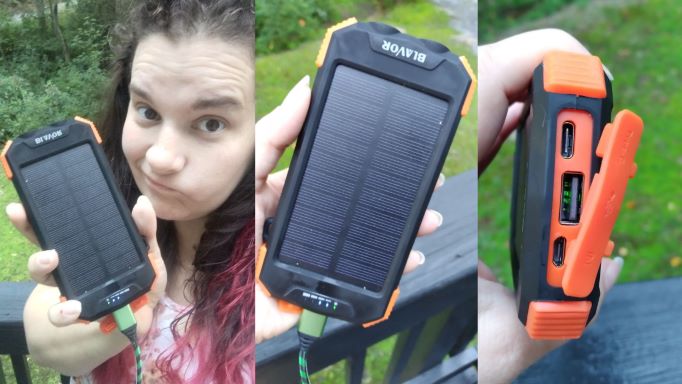A generator is an electrical device that makes use of alternating magnetic fields to create an electric current using a wire circuit. In essence, it turns mechanical energy into electrical power to be used in a separate circuit.
The instructions given below are to make a small generator, but it operates on the same basic premise as a larger one. This method of generating electricity was discovered in 1831 by a man called Michael Faraday. It is known as induction.
Contents
What do you need to make a generator?
To make a generator you only need a few items, of which most can be found around the home. You will need a long section of double-walled cardboard, scissors, or a utility knife, a pencil, and a ruler to create the generator frame.
You will also need a smooth metal nail (approximately 10-15 inches in length), 200 feet of enamel coated #30 magnet copper wire, a wire stripper, 4 small ceramic magnets, and a hot glue gun.
What safety precautions should you take?
Take care not to injure yourself with the sharp ends of the copper wire. We suggest cutting the cardboard on a crafting mat to prevent you from damaging your countertop or table.
Do not burn your hands or body with the hot glue gun. If this happens, immediately run it under cold water and seek medical attention if necessary.
How do you make a generator?
Your first step is to build a cardboard framework for your generator to sit inside. You should create a long rectangle of double-walled cardboard. Ideally, it will measure 3.1 inches by 12 inches. Cut the cardboard to size.
Measure along the long edge of the cardboard. Make marks at 3.1 inches, 4.5 inches, 7.7 inches, and 8.9 inches. Draw lines down to split the cardboard strip up into 5 segments, but do not cut along these lines.
Fold the cardboard along the lines that you have just drawn. This should create a rectangular shape with an open center. This will be the framework for where your generator will be.
Make a small hole in either of the long sides. Push the metal rod through these holes, ensuring it goes through all 3 sections of cardboard.
Wrap the copper wire around the exterior of your cardboard box. You should use around 200 feet of copper wire, winding it tightly around the cardboard. Try to leave 16-18 inches free at each end. This will give you space to connect the wires to the device you wish to power. The more rounds of wire you wrap, the more power your generator will create.
Use your wire stripper to strip the last inch of enamel coating from the copper wire. This should leave the copper exposed and make it easy to connect to an electrical device.
Connect these wires to whatever you wish to power. Small bulbs often work very well. You could also strap these ends to a multimeter or AC (alternating current) voltmeter to measure the power output exactly.
Glue some magnets to the area of the nail inside the cardboard box. Glue 4 ceramic magnets to this nail using epoxy resin or a hot glue gun. Check the manufacturer’s instructions for drying time and leave it until fully cured.
We would recommend using small ceramic magnets (0.5x1x2 inch) for this purpose. Try to arrange them so that 2 face the coil with their southern side and 2 facing the coil with the northern side.
Rotate the nail with your fingers to check whether the ends of the magnets hit the cardboard when moving. They should be close to the cardboard, but not in contact. This enables the power output to be as high as possible.
Spin the nail as fast as you can. A tip to do this quickly is to wrap some string around the exposed end multiple times before pulling on it to rotate the nail. This should generate some power, in theory enough to run your device.
How can you make your generator more powerful?
Increasing the strength of the magnets used in the generator will increase the power output. The same applies to increasing the number of wire turns around the generator and the speed at which the magnet rotates. Both of these will increase the voltage produced by the generator.
It is important to use a metal nail as the central rod for a generator. This is because it acts as a conductor and concentrates the magnetic field, increasing the effectiveness of the generator as a whole.
How does a generator work?
Electrical current moving through a wire creates a similar magnetic force traveling in 3 dimensions, similar to the magnetic field found around a simple bar magnet. If you have ever seen iron filings moving into distinct lines around a bar magnet, this is a good visualization.
When the magnet is forced through the coiled wire, an electrical current is generated within the wire. As the magnet moves, so does the motion of the current. As you are turning the magnet in a circle, AC (alternating current) is produced in the wire.
If the magnet was to remain stationary inside the stationary coil, nothing would happen and no energy would be produced. The magnet does not have to move if the coil of copper is rotating around the outside as this would still generate an alternating current.
As the current moves through the wire, the electrical energy is converted into other types to suit the device connected. For instance, a lightbulb converts the electrical energy into light energy at the filament to light up a room.
A speaker turns it into sound energy, or heaters turn the electricity into heat energy. This also works with motors. The electrical current can be converted to mechanical energy, like in a car engine.
This essentially makes a motor (in simplified terms) a generator that has been programmed to work backward.






